Ceramic baking stones have become essential for home bakers looking to achieve professional-grade results. These stones enhance baking by evenly distributing heat across the surface, eliminating cold spots, and ensuring consistent cooking. This even heat distribution is integral to producing perfectly crisp crusts, whether for pizzas, artisan bread, or flaky pastries. Durable and versatile, ceramic baking stones can handle high temperatures and are suitable for a range of recipes, from roasted vegetables to cookies and flatbreads.
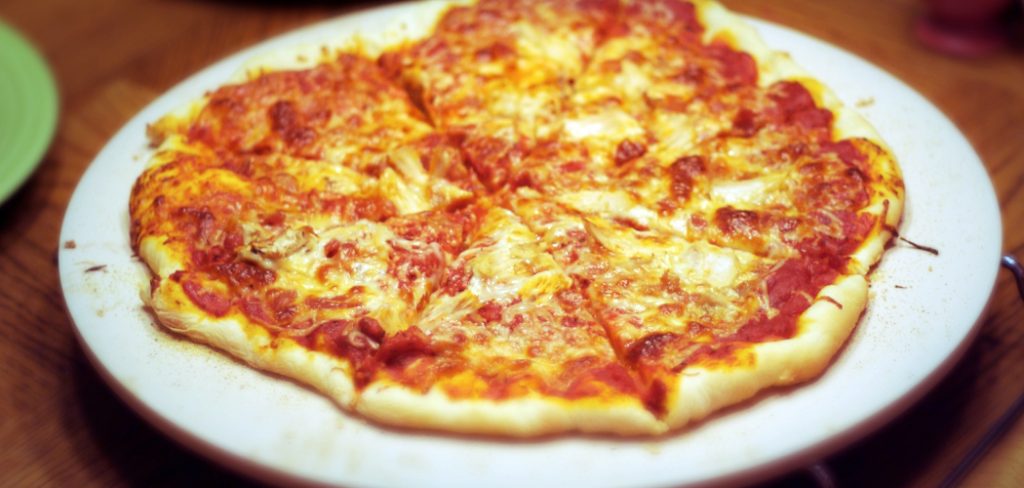
They are a reliable choice for creating authentic texture and flavor in your favorite baked items. By learning how to use ceramic baking stones, home cooks can elevate their baking experience, delivering results that rival those of professional kitchens. Whether you’re a seasoned baker or a beginner eager to improve, ceramic baking stones offer the perfect blend of performance and convenience for all your culinary creations.
Understanding Ceramic Baking Stones
What They Are
Ceramic baking stones are flat, durable slabs crafted from heat-resistant ceramic material, making them a popular choice for home and professional bakers alike. They differ from other materials like cordierite or steel in their ability to balance thermal retention and affordability. While cordierite stones are known for their remarkable durability, and steel baking surfaces excel in rapid heat transfer, ceramic stones stand out by delivering consistent heat distribution and a natural, even cooking environment.
Features and Benefits
A key feature of ceramic baking stones is their ability to retain high heat levels, which is essential for achieving consistent and reliable baking results. They eliminate uneven cooking and cold spots by absorbing and redistributing heat uniformly. Additionally, ceramic stones are highly porous, allowing them to absorb excess moisture from the dough. This quality is particularly valuable when baking pizzas, bread, or pastries, as it creates crispy textures and perfectly browned crusts that are often difficult to achieve in a standard oven.
Types and Sizes
Ceramic baking stones come in various shapes and sizes to suit different needs. Round stones are ideal for pizzas, while rectangular ones offer versatility for larger breads and multiple baked goods. The thickness of the stone also plays an important role; thicker stones retain more heat but require longer preheating times. Choosing the right size and type of ceramic stone ensures that your baking process is finely tuned for optimal results.
Preparing the Baking Stone
Proper preparation of a ceramic baking stone is key to ensuring its longevity and effectiveness in creating perfectly baked goods.
Seasoning the Stone
Before using a new ceramic baking stone, it is essential to check if seasoning is required. Most modern baking stones do not need seasoning, but if specified by the manufacturer, simply clean the stone with water and allow it to air-dry completely before the first use. Do not apply oils or greases to the stone, as ceramic is highly porous and will absorb these substances, potentially compromising its performance and causing unwanted odors or flavors during baking.
Preheating the Stone
To avoid cracking caused by thermal shock, always place the baking stone in a cold oven before turning it on. Gradually bring the oven to the desired temperature, typically between 450°F and 500°F, and allow the stone to preheat for at least 30 minutes. This ensures that the stone evenly absorbs and retains heat, creating the perfect surface for baking crusty bread, golden pizzas, or other delicious baked goods. Proper preheating is essential for achieving the best texture and results, as the retained heat transfers directly to the dough for consistent cooking.
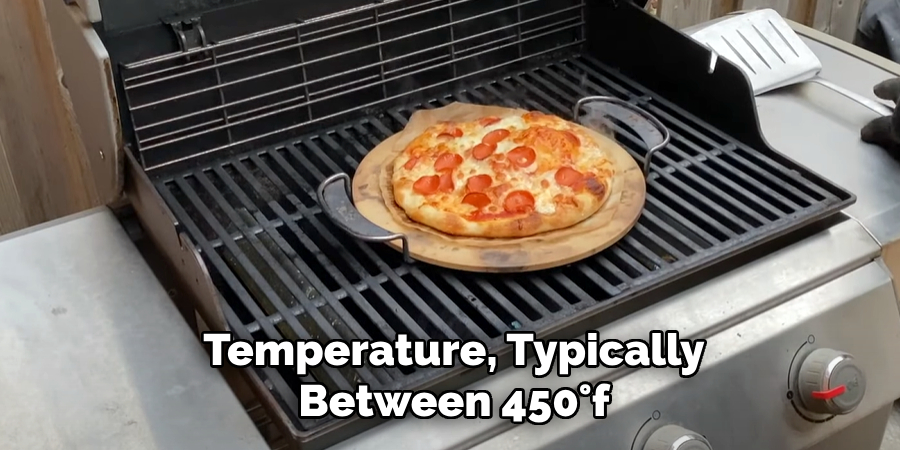
How to Use Ceramic Baking Stones: Using Process
Placement in the Oven
For optimal results, position the ceramic baking stone on the middle rack of the oven. This ensures even heat distribution and prevents uneven cooking or over-browning. Ensure the stone is not in direct contact with the oven walls or heating elements, as this could expose it to uneven temperatures and increase the risk of cracking.
Transferring Food to the Stone
Transferring food onto the hot stone requires care and preparation. A pizza peel or a flat baking sheet slides food onto the stone smoothly. To prevent sticking, lightly dust the stone’s surface with flour or cornmeal before placing the dough or pastry on it. Alternatively, you can use parchment paper underneath your food for easier handling and cleanup.
Cooking on the Stone
Precision and patience are key when using ceramic baking stones for pizzas, bread, or pastries. For pizzas, ensure the oven is thoroughly preheated, and aim to bake them quickly at high heat for a crisp yet tender crust. For bread, the stone provides a steady, even heat, creating a professional-quality bake with a perfect crust. Pastries benefit from the retained heat, which promotes even puffing and flaky textures. While cooking, avoid frequently opening the oven door to check progress, as this can release heat and disrupt the baking process. Instead, use your oven’s light and window to monitor your food without impacting the temperature consistency.
Care and Maintenance of Ceramic Baking Stones
Proper care of your ceramic baking stone ensures its longevity and continued excellent performance.
Cleaning After Use
After using your baking stone, allow it to cool completely before cleaning it. Sudden temperature changes can cause the stone to crack, so avoid rinsing it while it’s still hot. Use a spatula or brush to scrape off any food debris gently, and wipe it with a damp cloth if necessary. Refrain from using soap or soaking the stone in water, as its porous surface can absorb moisture and soap, potentially affecting the taste of your food.
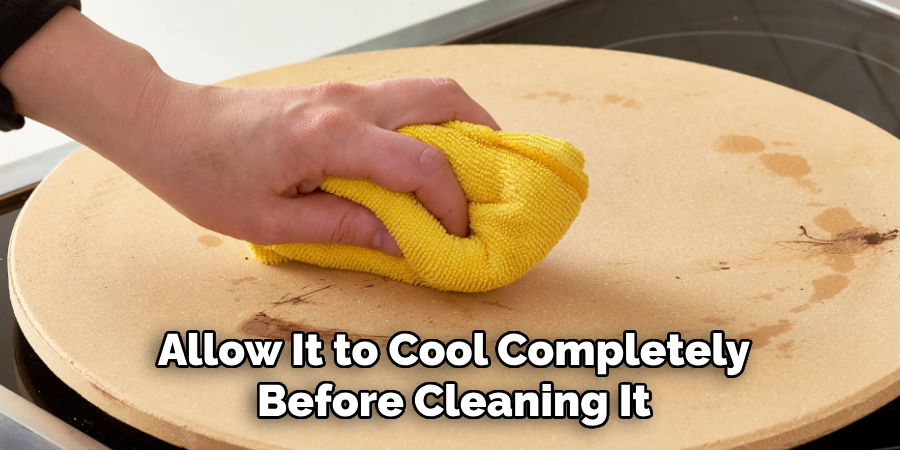
Stain Management
Over time, your ceramic baking stone will naturally develop stains or discoloration due to the high heat and direct contact with food. This is entirely normal and does not impact the stone’s performance. Think of these marks as a sign of a well-loved kitchen tool. Attempting to remove deep stains may damage the stone, so it’s best to focus on keeping it clean of excess debris instead.
Storage Tips
Store your ceramic baking stone in a dry environment to prevent moisture buildup. Keep it flat to avoid unnecessary stress on the material, which can lead to fractures. If space is limited, ensure it’s supported evenly to preserve its structural integrity.
Common Issues and Solutions
Cracking
Cracks in a ceramic baking stone are often caused by thermal shock or physical damage, such as dropping the stone. Thermal shock occurs when the stone is exposed to sudden and extreme temperature changes, like placing a cold stone into a hot oven. To prevent this, always allow the stone to heat gradually by placing it in the oven as it preheats. Similarly, avoid exposing it to cold water immediately after use. Handle the stone carefully to prevent accidental drops or impacts from weakening its structure.
Sticking Food
Food sticking to the stone can sometimes be an issue, especially with items like pizza dough or baked goods. This is often due to insufficient preheating or inadequate use of dusting agents. To prevent sticking, ensure the baking stone is thoroughly preheated in the oven before placing any food on it. Additionally, use a light sprinkling of cornmeal, flour, or parchment paper between the food and the surface to create a barrier and reduce the chance of sticking.
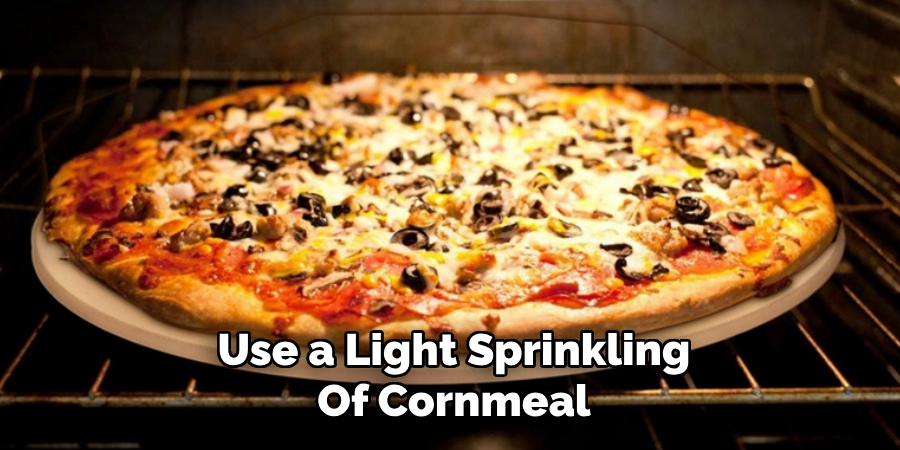
Uneven Cooking
Unevenly cooked food may result from hot spots in your oven or incorrect stone positioning. To address this, place the stone on the center rack of the oven for even heat distribution. Consider rotating the stone or the food partway through cooking to ensure consistent results, especially in ovens prone to uneven heating.
Tips for Optimal Use
Maximizing Heat Retention
To get the most out of your baking stone, it’s important to focus on heat retention. One effective strategy is to avoid removing the stone between uses, which helps maintain a consistent oven temperature. Keeping the stone in the oven allows it to retain heat over multiple batches, reducing the need for lengthy reheating periods and aiding in quicker, even cooking.
Experimenting with Recipes
While baking stones are commonly associated with pizzas, their versatility makes them suitable for various recipes. Consider using your stone for roasted vegetables, as the evenly distributed heat can create a perfect charred finish. Similarly, try baking cookies or flatbreads on the stone for enhanced texture and crispiness. Experimenting with different foods will help you unlock the full potential of your baking stone.
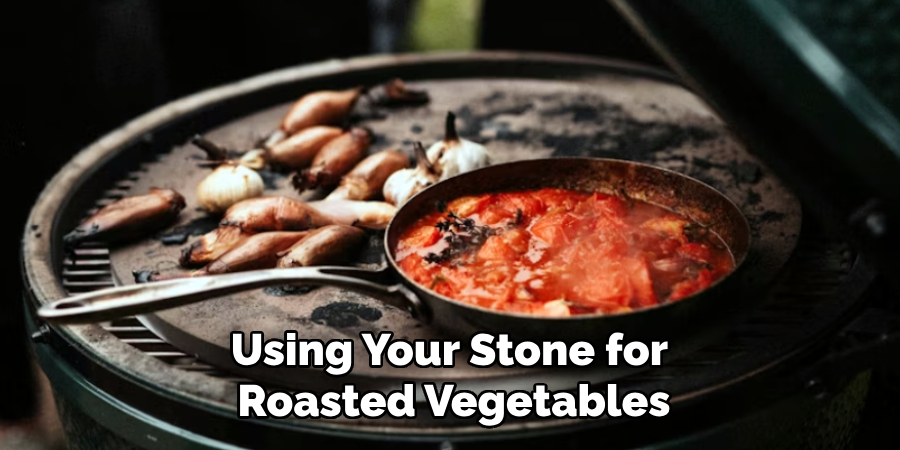
Avoiding Mishaps
To ensure the longevity of your baking stone and safety during use, avoid using it on stovetops, over direct flames, or on grill grates. These high, localized heat sources can cause the stone to crack due to thermal shock. Always use your baking stone within the controlled environment of an oven, following recommended guidelines to prevent accidental damage.
Safety Considerations
Safety should be a top priority when using a baking stone to avoid injuries or damage to the stone. Always handle the stone carefully, especially when it is hot, as it can retain high levels of heat for a long time after use. Use thick, heat-resistant oven mitts or gloves to prevent burns while moving or removing the stone from the oven. Avoid exposing the stone to sudden temperature changes, such as placing a cold stone into a preheated oven or running a hot stone under cold water, as this can cause thermal shock and lead to cracking.
Additionally, ensure that children and pets are kept safe from the oven when the stone is in use, as accidental contact with the hot surface can cause serious burns. Following these precautions will ensure your baking stone’s safe and effective use.
Conclusion
A ceramic baking stone is an invaluable tool for any home baker, offering the ability to achieve crisp, evenly browned crusts and authentic, artisan-style results in your kitchen. By understanding how to use ceramic baking stones, you can unlock their full potential through practice and experimenting with various recipes. Remember, proper care and maintenance, like avoiding thermal shock and cleaning the stone correctly, are essential for its longevity and consistent performance. A baking stone can transform your culinary creations with patience and persistence, making it a must-have accessory for baking enthusiasts everywhere.
Specialization:
- Master of wheel-throwing, hand-building, and advanced glazing techniques
- Focus on creating both functional pottery and decorative art pieces
Recognition:
- Celebrated by collectors and art enthusiasts for creating one-of-a-kind pieces that blend artistry with functionality
- Participates in local and national exhibitions, earning accolades for his innovative designs and craftsmanship
Passion:
- Deeply committed to exploring and pushing the boundaries of ceramic artistry
- Continuously experiments with new materials, firing techniques, and artistic concepts to evolve his craft
Personal Philosophy:
- Believes in the transformative power of art, aiming to evoke emotions and connections through his ceramic creations
- Advocates for sustainability in ceramics, using eco-friendly materials and practices whenever possible


